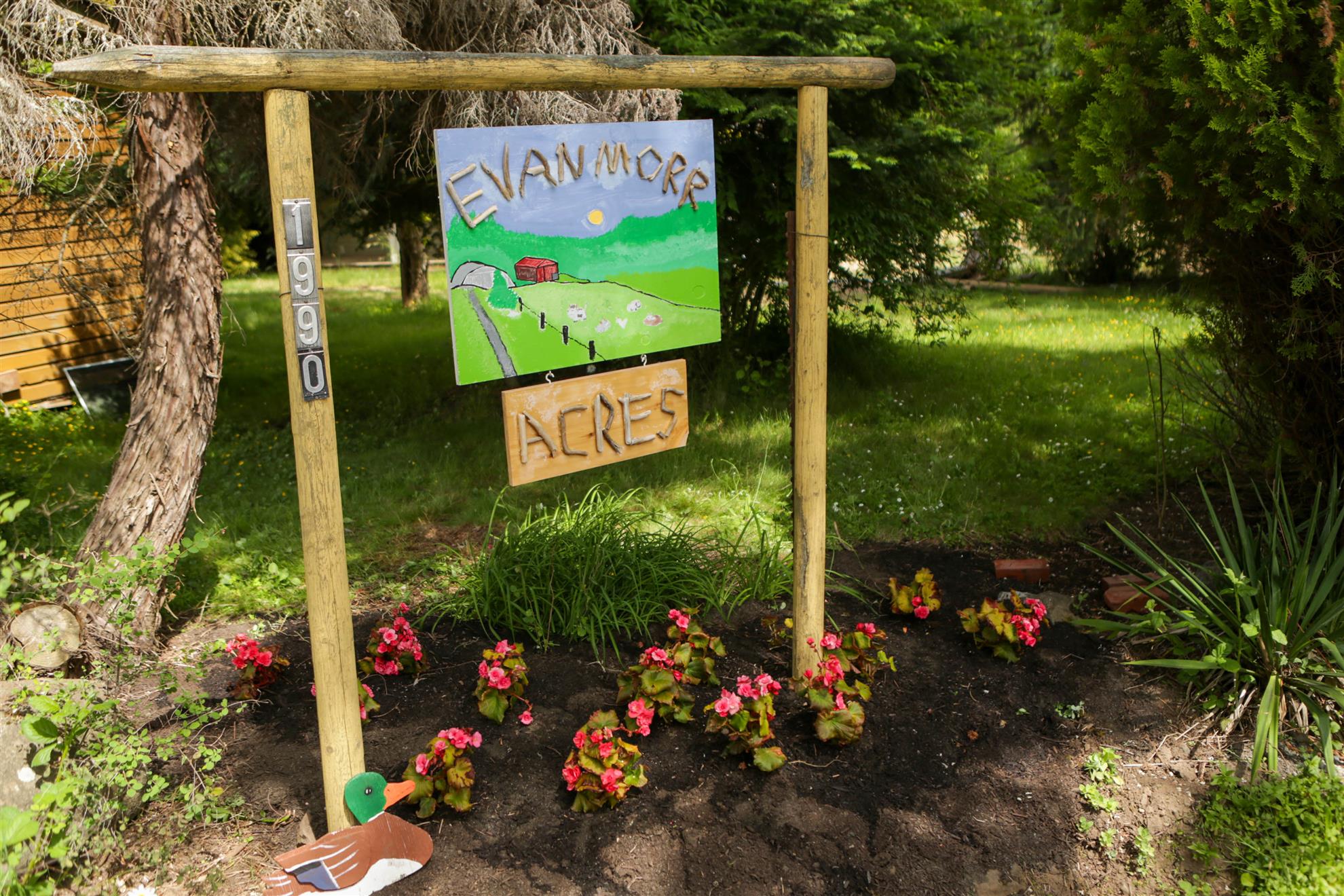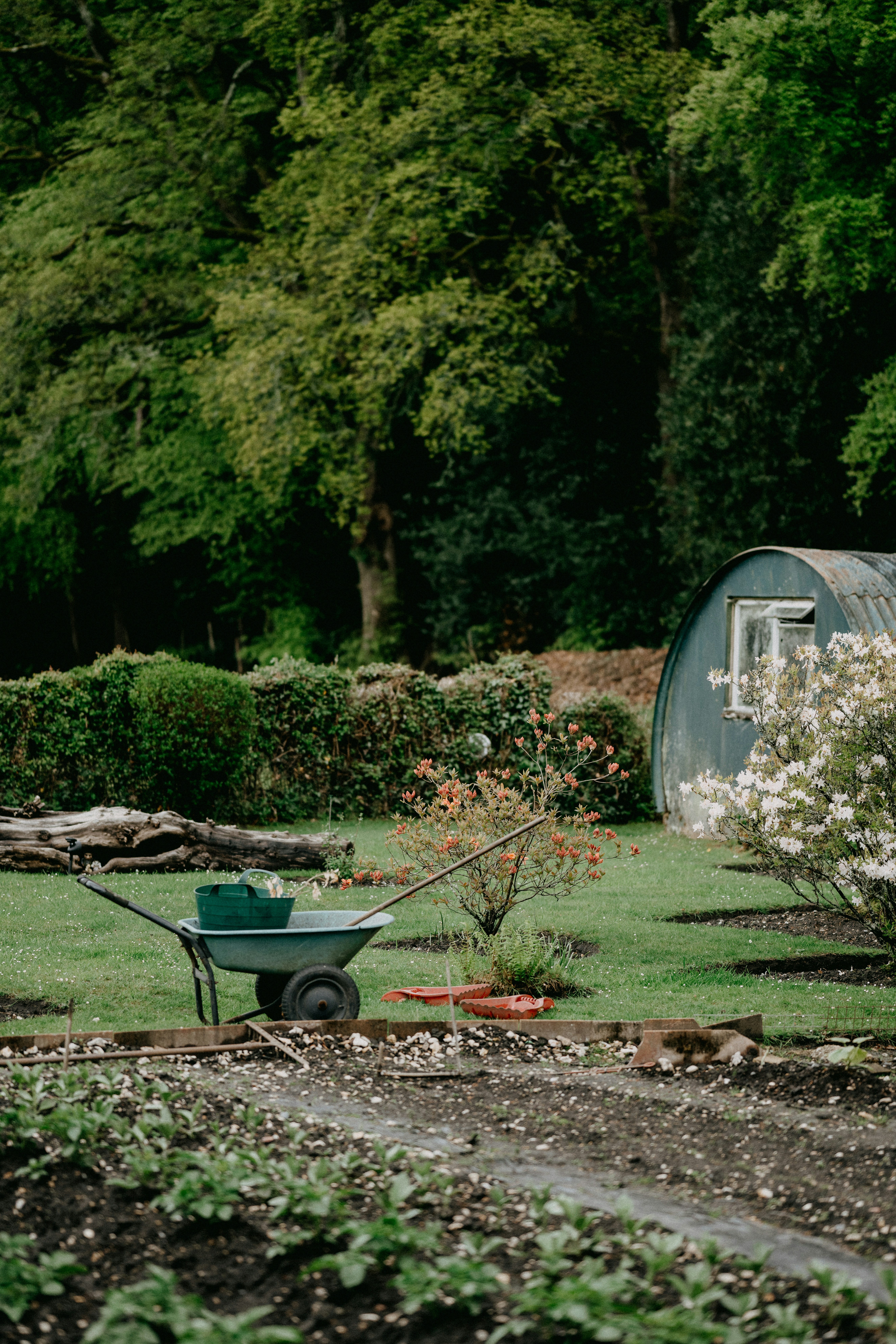One of the most common questions I hear from new and emerging HT professionals is: “How do I pay for all of this?”
Seeds, soil, tools, accessible raised beds, adaptive equipment, it adds up quickly. And if you’re working in community settings, long-term care, or non-profit organizations, budgets are often stretched thin. The good news? There are creative, practical ways to fund your horticultural therapy programs without breaking the bank.
This post is about thinking outside the (planter) box.
Start With What You Have
Before chasing grants or launching fundraisers, take stock of what’s already available:
- Donations from local nurseries and garden centers. Many are happy to donate surplus plants, seeds, or soil amendments, especially if you can offer them recognition or a tax receipt (if you’re registered as a non-profit). It is shocking how generous the community can be. I’ve had a mountain bike club donate their time to clear a new trail for us, I’ve had a towing company pick up heavy materials for a community garden project, I’ve had flower shops who save weekly buckets of blooms that would otherwise go to the compost bin!
- Tools from community members. I’ve had families donate their late parents’ gardening tools, pruners, trowels, watering cans, all items that carry meaning and still have plenty of life left in them.
- Repurposed materials. Window panes for a cold frame raised bed, milk jug seed starting, yogurt containers for tomato transplants, newspaper for mulch. You’d be surprised what people will give away if you simply ask.
“Sometimes the most meaningful resources come not from a budget line, but from a community willing to share.”
Apply for Grants (Yes, They Exist!)
There are grants specifically designed to support therapeutic gardens and horticultural therapy programs. I have had my own hours funded by grants, community gardens built by grants, and even community workshops funded by grants! Here are a few to explore:
- National Garden Bureau Therapeutic Garden Grant Program: Offers up to $7,500 annually across five recipients in North America. This program has awarded over $55,000 since 2014 and applications typically open in spring.
- Local community foundation grants: Many cities and regions have foundations that support health, wellness, and community development projects. Search “[your city] community foundation grants” to see what’s available.
- Health authority or healthcare grants: If you’re working in a clinical or healthcare setting, there may be internal funding streams for wellness programming or patient-centered care initiatives.
- Environmental or urban agriculture grants: Programs focused on green spaces, urban food security, or climate resilience sometimes fund therapeutic gardens as part of broader community health efforts.
A note on grant writing: I’ll be writing a dedicated post on grant writing tips soon, but for now: keep it clear, tell a story, and tie your program directly to measurable outcomes. Funders want to know the impact (and how you’re going to measure it), not just the activity.
Get Creative with Fundraising
Traditional fundraising still works, and there are ways to make it engaging and garden-themed:
- Plant sales: Propagate plants during your sessions and sell them in spring or fall. Perennials, herbs, tomatoes, and succulents are crowd favorites.
- Farm-to-table dinners or garden teas: Highlight the produce grown in your program. Partner with a local chef or caterer, charge per plate, and create an experience people want to attend.
- Workshops and classes: Teach wreath-making, container gardening, or seed saving. Charge a small fee and donate proceeds to your program. Or- charge nothing and use these workshops as ways to recruit volunteers and community partners.
Build Partnerships
Funding isn’t only about cash- there are a lot of ways to build ‘in-kind’ support.
- Partner with horticultural programs at local colleges. Students may need practicum placements, and their work can support your program while they gain experience.
- Connect with Master Gardener groups. Many are looking for meaningful volunteer opportunities and can offer expertise, labor, or donated materials.
- Engage local garden clubs. They often have small grant programs or are willing to sponsor specific projects like a pollinator garden or accessible pathways.
- Reach out to corporations with environmental or wellness mandates. Some offer employee volunteer days or small community grants as part of their corporate social responsibility initiatives.
Write It Into Your Contracts
If you’re an independent HTR providing services on contract, build supply costs into your fee structure. This might look like:
- A per-session materials fee
- An annual program budget that includes tools, plants, and adaptive equipment
- A plan for reimbursement
Be transparent about costs. Organizations often expect therapy programs to include materials, just as they would for art therapy or music therapy. Don’t be afraid to advocate for what you need to do your work well.
A Final Thought
Funding your horticultural therapy program takes creativity, persistence, and sometimes a willingness to piece together multiple small sources rather than waiting for one big one. But here’s what I’ve learned: the right funding often follows the right story.
When you can clearly articulate the impact of your work, the stroke survivor who regained fine motor skills planting seeds, the individual living with addiction who found peace in the garden, the senior with dementia who remembered their childhood garden, people want to support that.
So start small, stay resourceful, and don’t be afraid to ask. Your program is worth it.
Want more support? I offer courses on developing HT programs, including modules on budgeting, contracting, and sustainability. Explore my courses here.
And if you have creative funding ideas that have worked for you, I’d love to hear them! Reach out and let’s keep the conversation growing.





